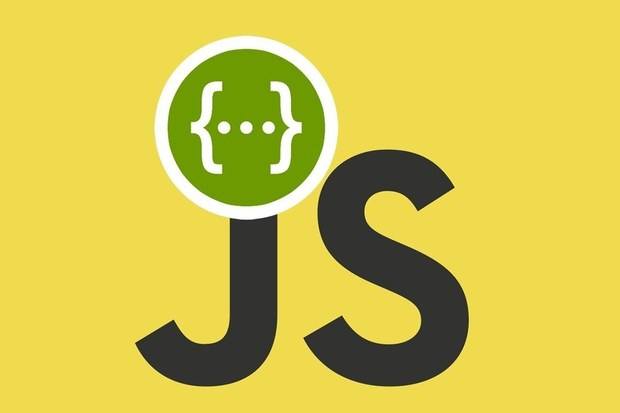JS原生函数模拟实现new和instanceof
new的模拟实现
首先要知道new操作符,在new 一个构造函数时,发生了什么:
- 创建一个新对象
- 将这个新对象的隐式原型(__proto__)指向构造函数的原型(prototype)
- 将构造函数的属性和方法添加到这个新对象中
- 返回这个新对象
ps:如果构造函数返回的是对象或者是函数则在new运算符调用这个构造函数时返回的是对象或者函数。
代码实现如下:
1
2
3
4
5
6
7
8
9
10
| function _new(...args) {
let constructor = args[0];
let obj = Object.create(constructor.prototype);
let res = constructor.call(obj, ...args.slcie(1));
if((typeof res === 'object' || typeof res === 'function') && res !== null) {
return res;
} else {
return obj;
}
}
|
instanceof模拟实现
L instanceof R
原理: L的__proto__是不是等于R的prototype,如果不等于就再向上L.__proto__.__proto__,一直找到要么等于R.prototype,要么__proto__指向null。
代码实现如下:
1
2
3
4
5
6
7
8
9
10
11
12
13
14
| function _instanceof (L, R) {
let O = R.prototype;
L = L.__proto__;
while(true) {
if(L === null) {
return false;
}
if(O === L) {
return true;
}
L = L.__proto__;
}
}
|
函数柯里化
在计算机科学中,柯里化(Currying)是把接受多个参数的函数变换成接受一个单一参数(最初函数的第一个参数)的函数,并且返回接受余下的参数且返回结果的新函数的技术.
1
2
3
4
5
6
7
8
9
10
11
12
13
14
15
16
17
18
| function curry(fn) {
let len = fn.length;
return function curryfn() {
let arg = Array.from(aruments);
if(arg.length < len) {
return function() {
return curryfn.apply(this, arg.concat(...aruments)));
}
} else {
fn.apply(this, arg);
}
}
}
function sum(a, b, c, d) {
console.log(a + b + c + d);
}
let currySum = curry(sum);
currySum(1,2)(3)(4)
|
Object.assign()实现
参考MDN ployfill
1
2
3
4
5
6
7
8
9
10
11
12
13
14
15
16
17
18
19
20
21
22
23
24
25
26
27
28
29
| if (typeof Object.assign !== 'function') {
Object.defineProperty(Object, "assign", {
value: function assign(target, varArgs) {
'use strict';
if (target === null || target === undefined) {
throw new TypeError('Cannot convert undefined or null to object');
}
var to = Object(target);
for (var index = 1; index < arguments.length; index++) {
var nextSource = arguments[index];
if (nextSource !== null && nextSource !== undefined) {
for (var nextKey in nextSource) {
if (Object.prototype.hasOwnProperty.call(nextSource, nextKey)) {
to[nextKey] = nextSource[nextKey];
}
}
}
}
return to;
},
writable: true,
configurable: true
});
}
|








.jpg)